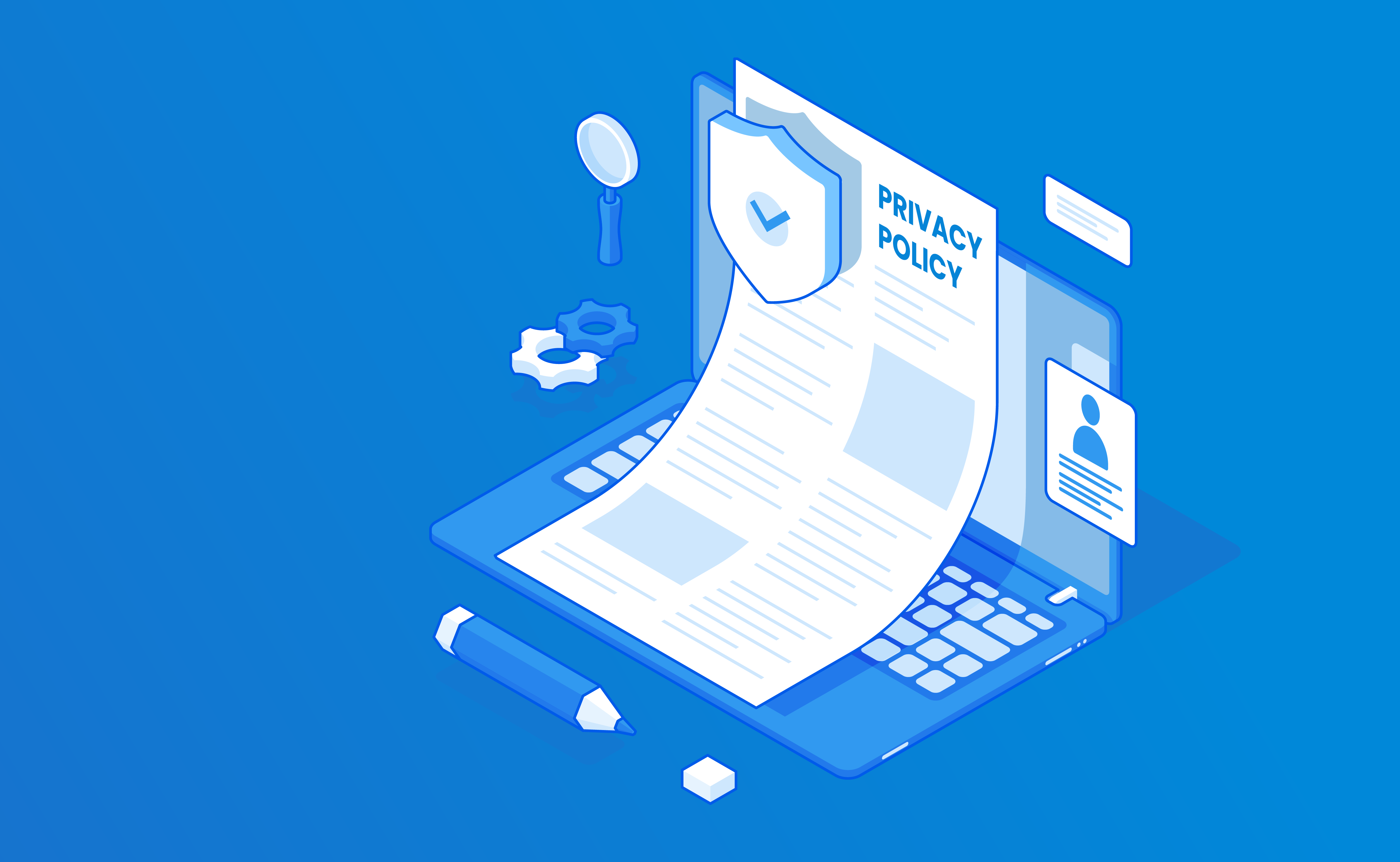Updating your privacy policy to comply with new regulations is essential to ensure your business remains lawful and builds trust with your users. Here is a step-by-step guide to help you navigate this process effectively.
1. Understand the New Regulations
a. Research the Regulations
Start by researching the new privacy regulations that apply to your business. These could include:
- General Data Protection Regulation (GDPR)
- California Consumer Privacy Act (CCPA)
- Children’s Online Privacy Protection Act (COPPA)
- Other local or international regulations
b. Identify Key Changes
Identify the specific requirements of these regulations. Key areas often include:
- Data collection practices
- User consent
- Data storage and security
- User rights (access, deletion, portability)
- Reporting data breaches
2. Assess Your Current Privacy Policy
a. Review Existing Policy
Carefully review your current privacy policy to identify areas that may need updating. Pay special attention to:
- The types of data you collect
- How you collect and use data
- Who you share data with
- How users can control their data
b. Highlight Gaps
Highlight any gaps between your current policy and the new regulations. This will help you understand what needs to be changed or added.
3. Update Your Privacy Policy
a. Modify Data Collection Practices
Ensure your policy clearly outlines the types of data you collect and the methods used for collection. Be transparent about why you collect this data and how it will be used.
b. Obtain Explicit Consent
Update your policy to include detailed information on how you obtain user consent. Make sure to explain:
- The consent process
- How users can withdraw consent
- Any implications of withdrawing consent
c. Enhance Data Security Measures
Describe the security measures you have in place to protect user data. This might include encryption, regular security audits, and secure data storage practices.
d. Outline User Rights
Clearly explain the rights users have regarding their data. This typically includes:
- Access to their data
- The ability to request data deletion
- Data portability
- The right to be informed of data breaches
e. Add Contact Information
Provide users with clear instructions on how they can contact you with privacy-related concerns or questions. Include a dedicated email address or contact form.
4. Review and Approve the Updated Policy
a. Legal Review
Have your updated privacy policy reviewed by a legal expert to ensure it fully complies with all relevant regulations. This can help prevent any legal issues down the line.
b. Internal Approval
Once the legal review is complete, seek approval from relevant stakeholders within your organization. This might include executives, legal teams, and IT security teams.
5. Communicate the Changes to Your Users
a. Notify Users
Notify your users of the changes to your privacy policy. This can be done via email, website banners, or in-app notifications. Make sure to:
- Clearly explain the key changes
- Provide a link to the updated policy
- Offer a way for users to ask questions or seek clarification
b. Update Public Facing Documents
Ensure that all public-facing documents, such as your website and app privacy policy pages, are updated with the new policy.
6. Maintain Ongoing Compliance
a. Regular Audits
Conduct regular audits of your data practices and privacy policy to ensure ongoing compliance with current regulations.
b. Stay Informed
Keep abreast of any new or updated regulations to ensure your privacy policy remains compliant. Subscribe to legal newsletters or join industry groups to stay informed.
